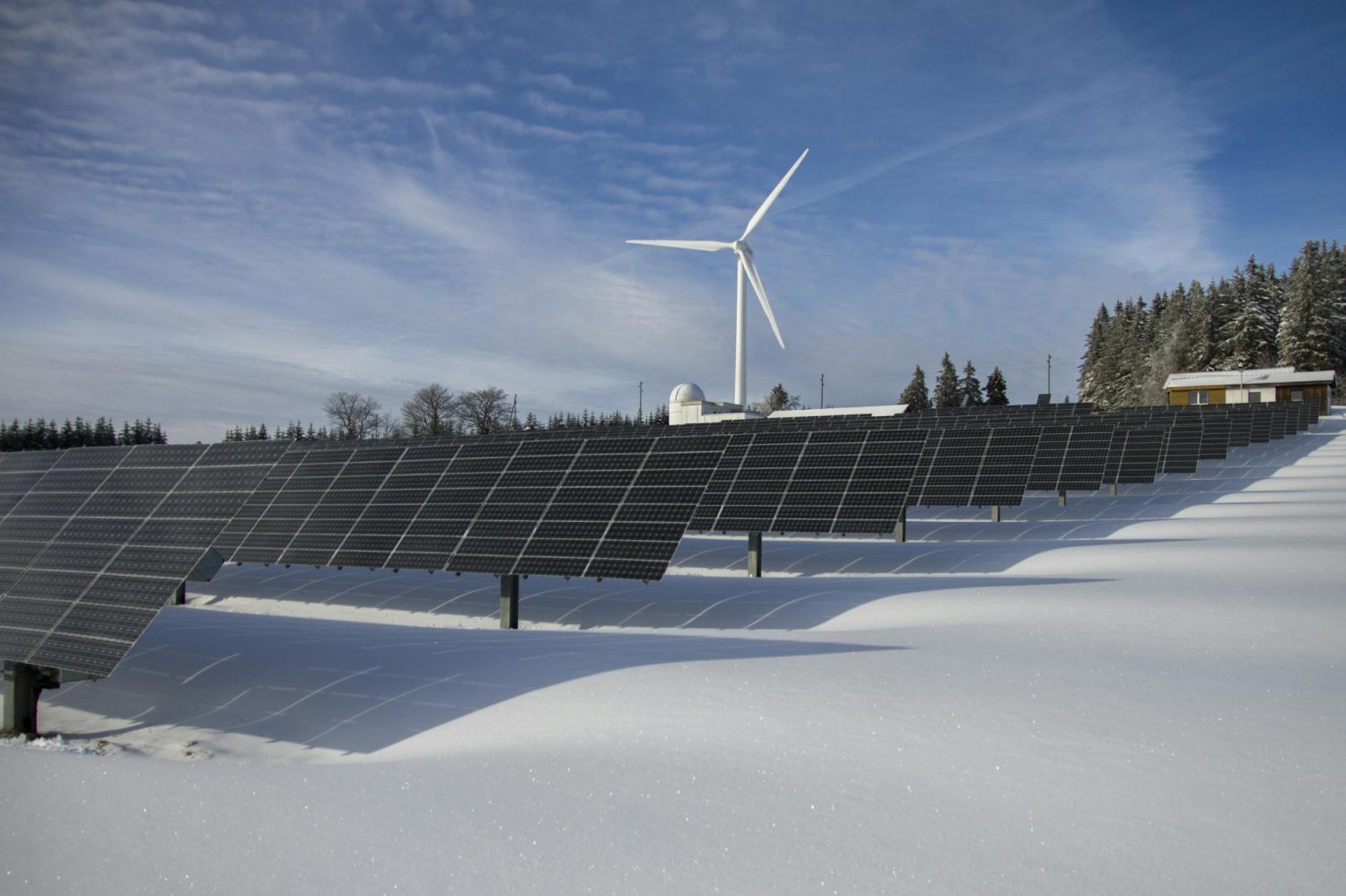
Renewable capacity additions, especially solar, will continue to drive the growth of US power generation over the next two years, according to the US Energy Information Administration (EIA).
According to its latest “Short-Term Energy Outlook” (STEO), the EIA expects that US utilities and independent power producers will add 26 gigawatts (GW) of solar capacity to the US electric power sector in 2025 and 22 GW in 2026.
Last year, the electric power sector added a record 37 GW of solar power capacity to the electric power sector, almost double the solar capacity additions in 2023. The EIA forecasts wind capacity additions will increase by around 8 GW in 2025 and 9 GW in 2026, slight increases from the 7 GW added in 2024.
Generating capacity for most other energy sources will remain mostly unchanged in 2025 and 2026. Natural gas-fired capacity growth slowed in 2024, with only 1 GW of capacity added to the power mix, but natural gas is still the largest source of US power generation.
The EIA forecasts that US coal retirements will accelerate, removing 6% (11 GW) of coal generating capacity from the US electricity sector in 2025 and removing another 2% (4 GW) in 2026. Last year, coal retirements represented about 3 GW of electric power capacity removed from the power system, which is the lowest annual amount of coal capacity retired since 2011.
The EIA expects that planned renewable capacity additions will support most of the growth in US electric power generation, which is anticipated to increase by 2% in 2025 and by 1% in 2026. The US electric power sector produced a total of 4,155 billion kilowatt-hours (kWh) of electricity in 2024, up 3% from 2023.
Natural gas. In 2024, US natural gas-fired power plants generated a total of 1,767 billion kWh, 4% more than in 2023. Natural gas-fired power accounted for around 42% of the US electricity mix, mostly unchanged compared with 2023. The EIA expects natural gas generation to decline in 2025 by 3% to 1,712 billion kWh and decrease a further 1% to 1,692 billion kWh in 2026.
Renewables. The EIA expects renewable power generation will increase by 12% in the US to 1,058 billion kWh in 2025 and increase a further 8% to 1,138 billion kWh in 2026. Renewable sources were the second-largest contributor to US power generation in 2024 and accounted for 945 billion kWh, up 9% from 2023.
Nuclear. The EIA forecasts that US nuclear power generation will grow 2% to 796 billion kWh in 2025 and increase a further 1% to 800 billion kWh in 2026. Nuclear power generation in 2024 was up slightly from 2023, totaling 781 billion kWh.
Coal. Coal electricity generation was 647 billion kWh in 2024. The EIA expects US coal power generation to remain unchanged at around 640 billion kWh in 2025 and 2026.

Read more: No other energy source came close to matching solar’s rate of growth in 2024 – in numbers
To limit power outages and make your home more resilient, consider going solar with a battery storage system. In order to find a trusted, reliable solar installer near you that offers competitive pricing, check out EnergySage, a free service that makes it easy for you to go solar. They have hundreds of pre-vetted solar installers competing for your business, ensuring you get high-quality solutions and save 20-30% compared to going it alone. Plus, it’s free to use and you won’t get sales calls until you select an installer and you share your phone number with them.
Your personalized solar quotes are easy to compare online and you’ll get access to unbiased Energy Advisers to help you every step of the way. Get started here. –trusted affiliate link*
FTC: We use income earning auto affiliate links. More.





Comments